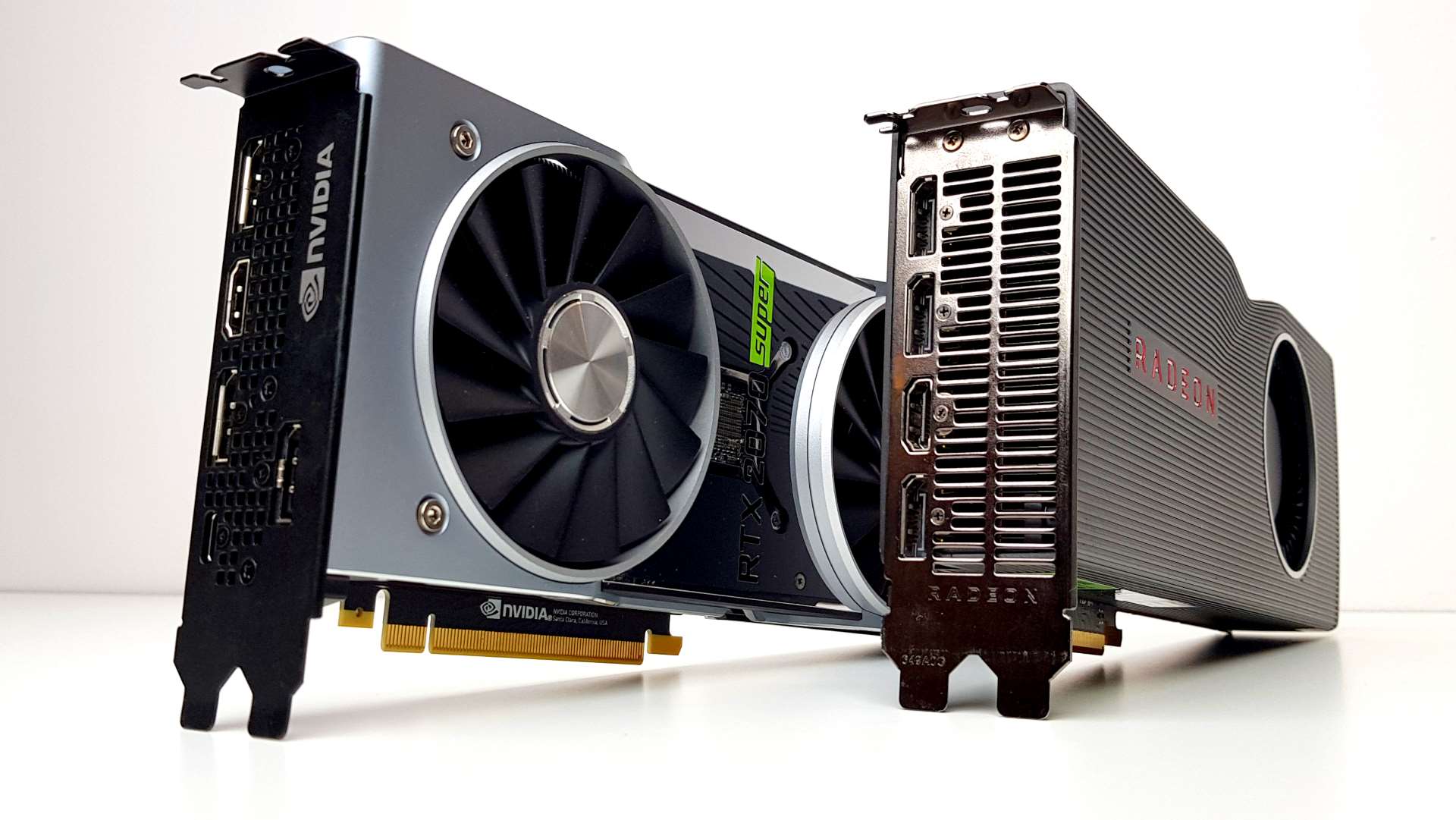Both chips are based on RDNA2, so their specs are comparable. You can directly compare the 10.2 teraflots to the 12.
The fact that the 10.2 is only based on boost, means that it will be up to the developer to structure their game so there is less CPU load so more of the power can go to the GPU (yes?).
Does that mean that if the CPU is not under load, the GPU can sustain 2.2 GHz operation and full 10.2 TF? It sounds like they are hiding something important. Given the thermal architecture on the PS4 Pro, I would imagine there will still be throttling or jet engine sounds on the PS5. They also put a lot on the developer to balance out the performance, which makes me think the Xbox SX will be easier to work with.
As for the SSD, they are using very different architectures and controllers (no?). Very hard to do an apples to apples comparison, and besides, the benefits of a faster SSD are nebulous beyond faster loading times.
Choosing between better performance vs. faster loading, I'd take better performance. Also better longevity, at the beginning those 2-3 TF are going to be unnoticeable, but towards the midlife of the console you'll start to feel them (or you can opt for the "pro" version hardware revision cashgrab).
At the end of the day, next gen seems like it will be like late last gen,
Muti-platform, xbox exclusives, and PC/Xbox ecosystem = get an xbox s x
Playstation exclusives = get a playstation
That's your main decision right there.
You need to consider a few things here.
1) Although the teraflop number is based off of the RDNA2 platform, the higher clock of the PS5 affects other attributes within the GPU that are not considered by just the flat TF number. Cerny discussed some of the benefits in his presentation, and how, in his belief, the pros outweigh the con of an increased cycle period (if I remember correctly). So in that sense, the TF number is not a 1:1. It is like if you have two teams assigned to build a wall our of blocks. One has more workers that can brute force the job and place more blocks (Xbox) while the other has less workers but they are a bit more efficient. So whereas the first team can place more blocks, their inefficiency slightly hampers their speed. Whereas, the other team (PS5) can't place quite as many but it is more efficient, so some of that TF difference is negated. To what extent, no one knows yet, because this ultimately comes down to using the advantages of the system.
2) You need to stop thinking of the "boost" in PS5 in terms of a typical overclock. The system is pegged at pulling in a certain amount of wattage, and depending on the load, the cores frequency move up and down. This is capped at 2.23 ghz. It will put out 10.2 TF if the code requires it. The wattage and therefore heat is a known quantity. That being the case, Sony knows exactly how much heat will be produced in the worst case scenario. So they are able to come up with a solution specifically to handle it. Cooling shouldn't be an issue since they know exactly what they need to do.
With the PS4 Pro, the system, in order to handle load, pulled more power and therefore increased temperatures beyond where they typically anticipated, and therefore their cooling system had to ramp up and get loud. An issue because they didn't really know how much power it would pull when they designed it.
3) The SSD is not just about faster loading. Ultimately, it is about altering the way a game is designed, which if followed, should allow massive improvements to gaming overall, including making the TF's you do have, work better for you.
It will be interesting to see the differences in the tech play out, but there is a lot of nuance that people are ignoring for the sake of console wars.



